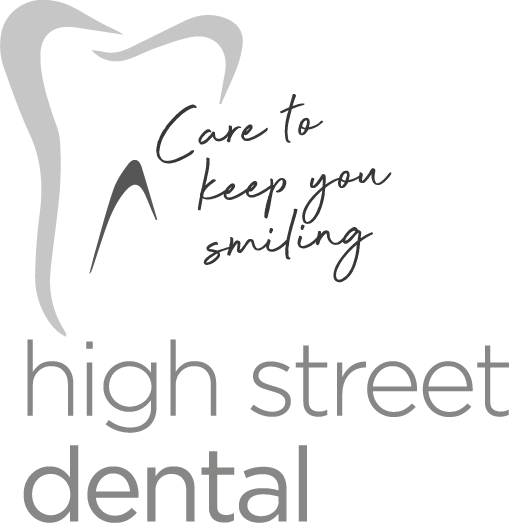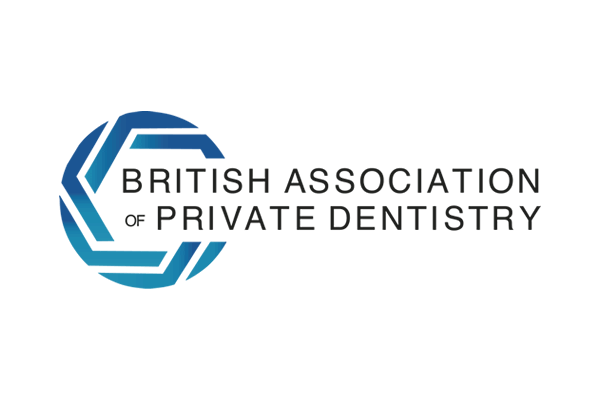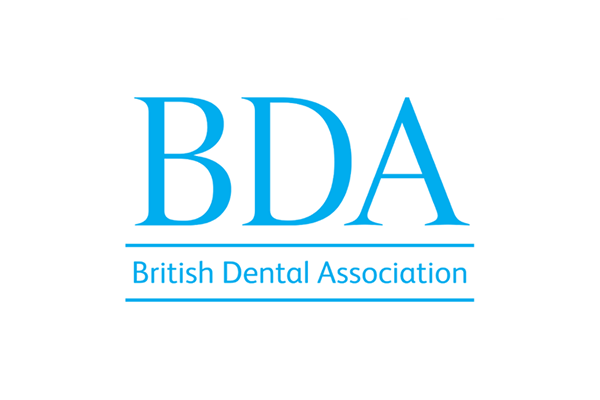Crowns and Bridges
Dental Crowns
Sometimes known as a caps, crowns are carefully fitted sleeves that sit over an existing tooth to protect it from further damage, and to improve your overall smile.
Crowns can hold cracked teeth together and support bridges, and they are often applied as the final step in root canal treatment. They can also cover discoloured teeth to improve the appearance of your teeth.
Why you may need a crown?
A crown is likely to be required if there is no longer enough healthy tooth tissue left to sufficiently hold a filling or used to cover and protect damaged or weak teeth. They can also improve the appearance of misshapen or discoloured teeth and act as protective sleeve which fits over your remaining tooth. A crown may also be placed as the final stage following root canal treatment, as this has proven to be the most successful way of sealing and protecting the tooth.
What are crowns made from?
The application of crowns is one of the longest-standing dental procedures. We can date their use back to the 5th century and the ancient Etruscans, who used gold and silver to ‘cap’ problem teeth. Dental techniques have developed since then, and in today’s practices crowns can be made from a variety of materials:
- Metal, including gold alloy and other metal-based alloys
- Zirconia
- Porcelain
- Porcelain fused to metal (known as PFM)
- Porcelain fused to zirconia
- Ceramic
- Resin
We recommend the use of porcelain crowns, as they are durable and can be crafted to match the natural shade of your teeth.
How long will a crown last?
A permanent crown can last between five and 15 years, depending on your habits, lifestyle and oral care routine. Teeth grinding can put pressure on a crown, leading to cracks and possible damage. If you know that you suffer from clenching or grinding, speak to your High Street Dental dentist; they will be able to provide you with advice and possible solutions (such as a mouthguard) to help protect your crown and keep it looking its best into the future.
How shall I look after my crown?
You can treat your crown like a normal tooth. While it does not require any particular care, remember that it acts as a sleeve over the top of your natural tooth and so decay and gum disease can still occur without a good oral health routine. Keep up regular visits to your local Holywood dental practice and remember to continue to floss around the tooth. When flossing, try to pull the floss through your teeth rather than upwards – sometimes pulling up and out can catch on your crown and contribute to wear and tear.
Dental Bridges
Why might I need a bridge?
A bridge is a replacement for one or more missing teeth. It is a good solution if you don’t have many missing teeth, or if your missing teeth are all on one side of your mouth. It is important to replace missing teeth to prevent your remaining teeth from drifting into the empty space, as well as to restore the appearance of your smile.
What is a bridge?
A bridge is made up of two or more crowns that fit to teeth on either side of the gap, which serve as anchors, along with a false tooth in-between.
A bridge will support the false tooth or teeth, and reduce the susceptibility of remaining teeth to decay and gum disease.
How is a bridge fitted?
Your High Street Dental dentist will examine your teeth and jaw at your first appointment to evaluate the best course of action. If you have strong enough teeth with good bone support then a bridge could be a great option to restore your smile.
An impression will be taken of your mouth, from which a plaster model will be built of your teeth and gums to enable your dentist to understand how your teeth bite together. Your teeth will then be prepared so that the bridge will fit: the teeth either side of the gap need to be reduced in size to fit the fixings and accommodate the bridge comfortably.
A second impression of your teeth is taken and used to build a bridge that looks natural and matches your mouth exactly. The bridge will be made from metal, porcelain or a combination of both, and the replacement tooth that’s fixed between your bridge will be colour-matched to the rest of your teeth. While your bridge is being made, your dentist may fit a temporary bridge or crown to protect the exposed gum and teeth.
When the bridge is ready, it will be fitted carefully at our local Holywood practice by your High Street Dental dentist, who will make sure it is comfortable before it is fixed in place.
How do I look after my bridge?
You will need to clean your bridge and the false tooth or teeth it supports every day. Your dentist will show you how to use a bridge needle or special floss to ensure your bridge is thoroughly clean. To prevent damage, it’s best to avoid chewing hard foods and ice. By taking good care of your bridge, you can ensure it will last for many years.
If you think that you require crowns or a dental bridge, or would like further information on the procedure, contact High Street Dental in Holywood today.












